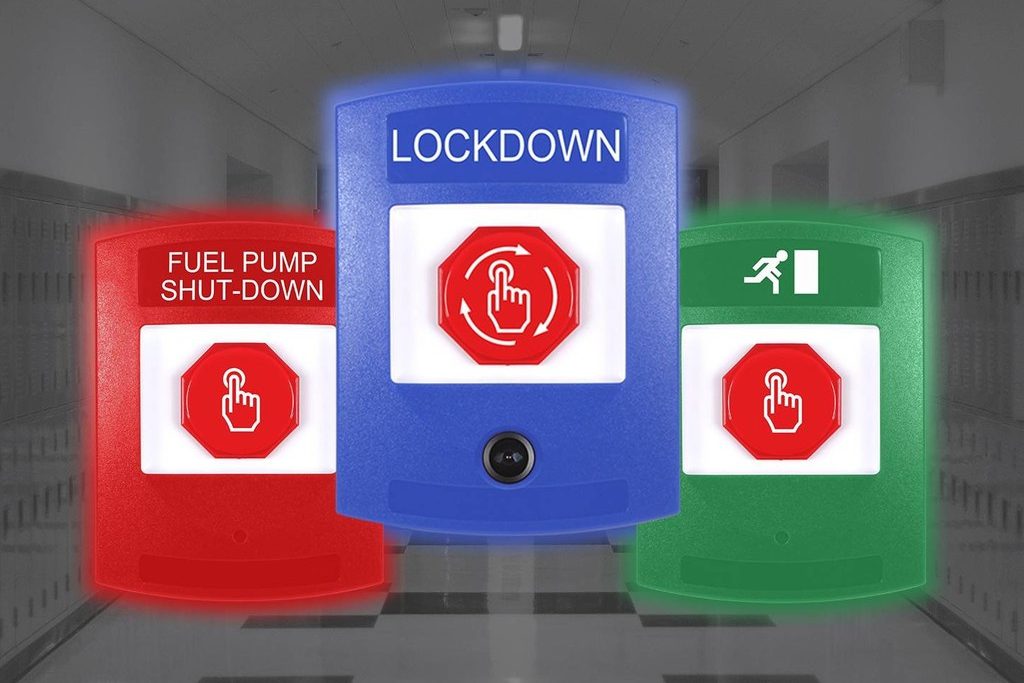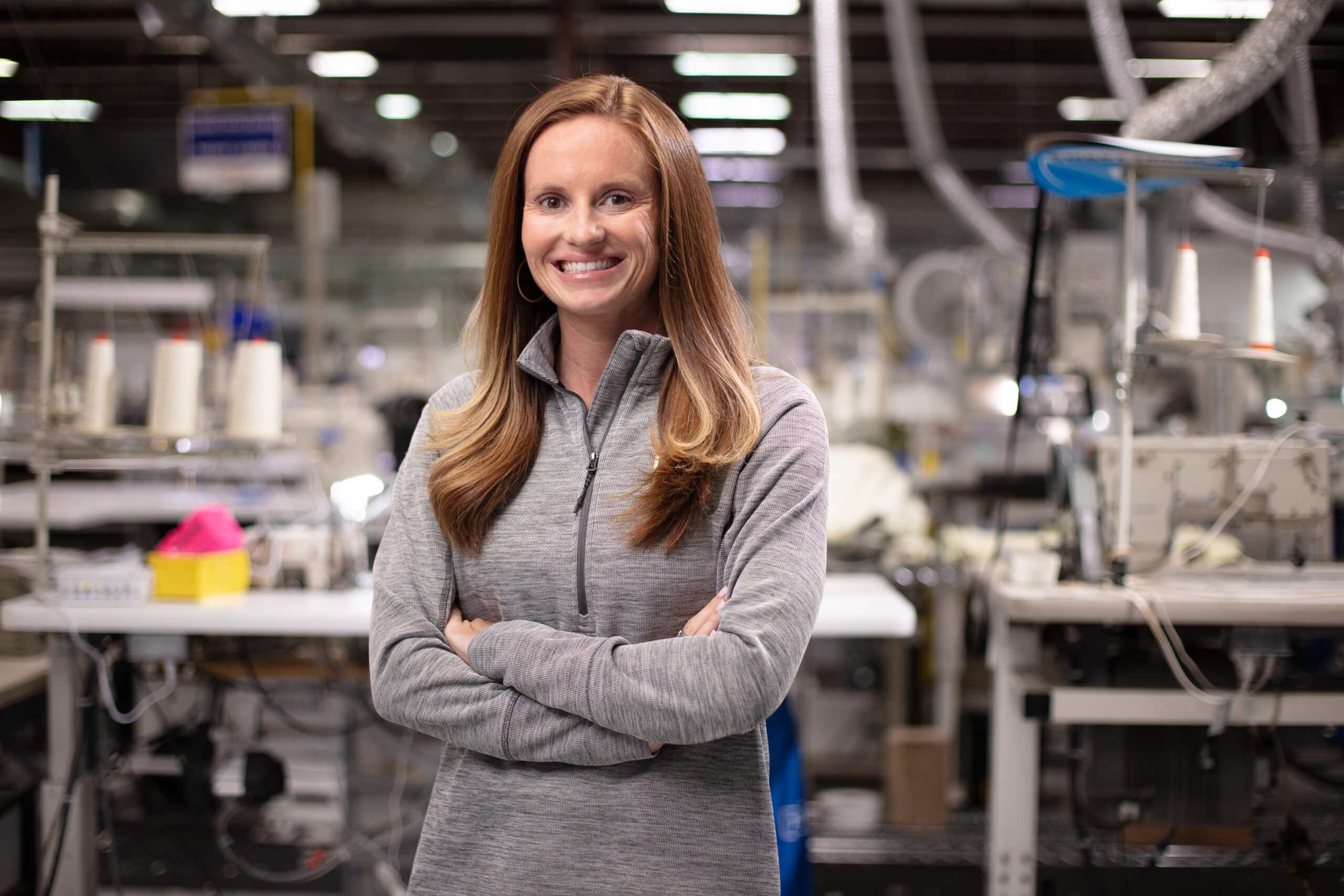Technology in search and rescue operations, focusing on USAR and underground SAR, needs to become a global standard in order to increase the safety of the responders
New technology can make search and rescue work much safer. To achieve fluidity and success in search and rescue, close collaboration is required between fire and rescue services, the industry and researchers in order to develop new technology. Search and Rescue (SAR), is one of the most challenging elements within the fire industry. Responders do not only tackle fires themselves, but also deal with the elements within very specific and challenging environments. Therefore, any technology can benefit fire department teams, whether it be radar, communication, drones or even the specific equipment and uniform used.
Urban search and rescue
As population growth has accelerated and cities have expanded, focus has increasingly turned to urban space, the most complicated and high-risk environment in which such operations are carried out. Urban search and rescue (USAR) presents a unique challenge, demanding both a highly specialised, yet multidisciplinary approach.
No matter how well trained or prepared fire services and emergency response teams are, often the success and failure of operations is dictated not by training or ability, but rather by the equipment at a team’s disposal. There are many examples of technology being brought to the market, however this needs to become a standard globally. The EU-funded INACHUS project has unveiled ground-breaking solutions to increase situational awareness of first responders and aid them in the detection and localisation of trapped victims during urban search and rescue operations.
Emergency situations such as natural disasters and terrorist attacks, or even incidents that have the potential to become more serious – can damage infrastructure, cause injury or loss of life and trap people in debris. An immediate life-saving response by USAR teams is required to rescue those who are trapped and evacuate survivors.
Composed of 20 partners, the INACHUS consortium succeeded in developing a holistic platform that provides wide-area situational awareness, thereby enhancing the detection and localisation of trapped victims. The platform is assisted by simulation tools that allow USAR teams to predict structural failures and a holistic decision support mechanism that incorporates operational procedures and resources of relevant actors. “The INACHUS methodology is as user-centric as possible: Based on end-user insights and needs, INACHUS carefully designed and evaluated an integrated platform that provides the appropriate tools to first responders and USAR teams to effectively and quickly respond to various emergency events,” notes Project Manager Evangelos Sdongos.
The INACHUS consortium has developed several innovative technological aids for the USAR sector for example, the INACHUS robot. This robot is a snake-like robot prototype designed to aid rescue teams in finding and communicating with victims under a collapsed building. An operator can remotely control the robot and drive it under the rubble by entering very small openings. The robot detects human presence through a mounted radar sensor, an electronic nose (which also detects dangerous gases) and an infrared camera.
Automatically tracking its position based on a real-time locating system, an embedded two-way audio communication system allows the rescue team to communicate with the victims under the rubble.
These types of research and projects are paramount to the success of the USAR sector. The products can aid in finding injured people, discovering potential dangerous situations and identifying causes and directions of fires.
Underground search and rescue
Adverse geological conditions are frequently encountered during underground construction and mining activities, which can trigger potentially hazardous events — the surrounding nature of working underground results in limited visibility and communication networks. Fire in an underground environment is a difficult challenge to face for both the local fire and rescue services and a private organisation. The greater the complexity of a facility, the better prepared everyone involved must be. At a complex facility, all of the various technological systems must work under all circumstances, and the margin for error is far less than for everyday accidents.
The industry must continue to take responsibility and maintain its vigilance. Fire and rescue services need to develop tactics and methods for moving through a complex, multi-level underground facility and for efficiently extinguishing fires without putting firefighters at risk. Legislation must be adapted to such facilities, and technology can help aid in all of these areas. The industry must continue to develop technology which supports rescue operations and which can eliminate the necessity for personnel to enter in person in order to extinguish a fire.
This is, of course, no easy task. Nor is it possible to deal with within a single organisation; rather, it requires large-scale cooperation and team efforts. There is a good word for this – co-production with all partners involved.
When looking at global underground fire risks and threats, Sweden is world-leading in certain areas regarding fires in underground constructions. In Swedish hard rock mines fire spread is less difficult to handle than in other European coal mines, as the rock itself cools the smoke and the surface does not contribute to the propagation of fire. The probability that a rescue chamber will heat up is low, but the smoke spread constitutes a problem. At present, we possess relatively complete knowledge of how fires in mines start, and for how long a mining vehicle burns. There is, however, a discrepancy between recommendations, legislation and reality. Four hours’ availability of fresh air in a rescue chamber is insufficient due to the fact that a combusting mining vehicle can burn in excess of this and, in such a scenario, it is far from certain that fire and rescue personnel will be able to reach the rescue chamber before the air is depleted.
The most obvious solution to underground rescue issues is, naturally, to avoid having to send in personnel, and to instead extinguish fires and gather information using advanced technological solutions.
Three key areas which are utilising technology to improve safety underground already include: enhanced communications, data monitoring and assessment, efficiency emergency response procedures and digital transformation. When technology is appropriately incorporated into an overall plan, it can improve operations and productivity, reduce cost and enhance safety.
Communications allow for the efficient transfer of information between parties. This information can extend to the location of personnel, conditions of an area, instructions and status updates. It is essential for people working above and below ground to be able to contact each other easily. In the case of an incident, personnel above ground should know where underground workers are and be able to distribute warnings and instructions. Similarly, underground personnel need to be able to accurately receive updates and relay information.
Current communication systems between personnel and the control rooms include underground radio, mobiles, fixed phones, Wi-Fi and LTE networks. Non-audible alert systems such as stench gas are also standard. Within a refuge chamber VoIP (Voice over Internet Protocol) Phones, provide face to face communication with the surface.
Advances in technology see the development of additional communication systems including smartwatch alerts, integrated smart headwear and tracking. These progressions will improve the effectiveness and clarity of underground communications, fostering better action in an emergency.
Greater technology means better documentation. Advancements will allow the recording and analysis of data from multiple assets with most systems transferring information in real-time. In terms of safety, management of personnel coupled with improved data monitoring and assessment will positively impact risk. Data allows for the identification and evaluation of hazards, which in turn enables the ability to control and mitigate associated risk; facilitating continual improvement. For technology to improve safety underground, it needs to address the following:
- Automation: Often menial and time-consuming tasks are mechanised to streamline processes and create a competitive advantage. Collating data from a number of sources over time offers a unique insight into geographical movements, equipment life cycles and liabilities.
- Integration: Plug-and-play systems, such as MineARC’s GuardIAN Remote Operating and Diagnostics System, are capable of integrating into various operating software, across multiple industries.
- Behaviour: Technology also has the ability to curb behaviour, lessening human error through improved operations, advancement in occupational health and safety as well as identifying training opportunities.
Effective communications and data are vital to emergency management. Rapid advances in technology allow Emergency Response Teams (ERT) and personnel underground to be better equipped to handle immediate and ongoing challenges of a hazardous event.
The flow and dissemination of data provide the foundation for more targeted response efforts. Using a network of integrated devices including drones and search cameras to access hard to reach areas, tracking to locate personnel and advanced underground mapping, response personnel can identify areas of damage and injuries without compromising the safety of the rescue team. In a situation where every minute counts, instantaneous communications are vital. Real-time communication through digital devices provides response personnel with information to help teams prioritise rescue efforts and execute an effective emergency response plan.
Underground environments are themselves risk-averse and pose added obstacles that can hinder operations. Adopting progressive technology systems underground provides companies with the ability to be better prepared. The long-term impact of investing in technology to improve safety is beneficial to understanding the environment, behaviours and processes.
2020 has proved that we believed that we were in a digital world previously, but this year has proved that we are merely at the beginning. With the implications of COVID-19 showing a remote working world in the future becoming the norm, and technology rapidly taking over the market, it is a necessity for the industry to stay ahead of the curve and continuously innovate. This not only makes valued sectors like Search and Rescue into a safer environment, but helps protect the lives of the responders themselves.
 Commentary: Martin Jones, Divisional Manager, Rescue and Industrial, Vimpex
Commentary: Martin Jones, Divisional Manager, Rescue and Industrial, Vimpex
The world is changing, there is more demand for technological innovation to lead the way when it comes to search and rescue. An upgrade in technology could potentially mean more lives saved as rescue becomes more efficient and safe for the team carrying out the mission.
A major incident has just been declared as an explosion has torn through and caused extensive damage to an office building in the city of London. You and your team have been assigned to conduct a search and rescue mission at the incident and are first on the scene. Having the proper equipment and not having to wait for additional Search and Rescue (SAR) assets can make a huge difference in the survival rate of the collapsed structure and any casualties.
Visual and verbal communication whilst searching inside a collapsed building, damaged vessel, storage bunker, remote underground territory or unknown structure presents various units with challenging decisions. The right equipment, such as a search camera, allows for mission success as SAR teams can search void spaces faster and safer than ever before, as well as alert SAR teams of a threat still in place and the tactical approach they need to take in order to eliminate the threat.
The FirstLook360 (FL360) Search and Rescue camera is an ideal piece of equipment for search and rescue applications. When deployed into void spaces, the FL360 camera instantly captures a live 360 degree spherical view, allowing the operator to explore the interior, allow a two-way audio, GPS location, mapping and the ability to be connected wired and wireless to a mobile device. The sophisticated IP68 water and dust immersion rating and broad operating temperature range -10 –60 degrees Celsius allows operation 24/7 in the most challenging environments and conditions.
Share this post on our LinkedIn or Twitter.
See more news here.









